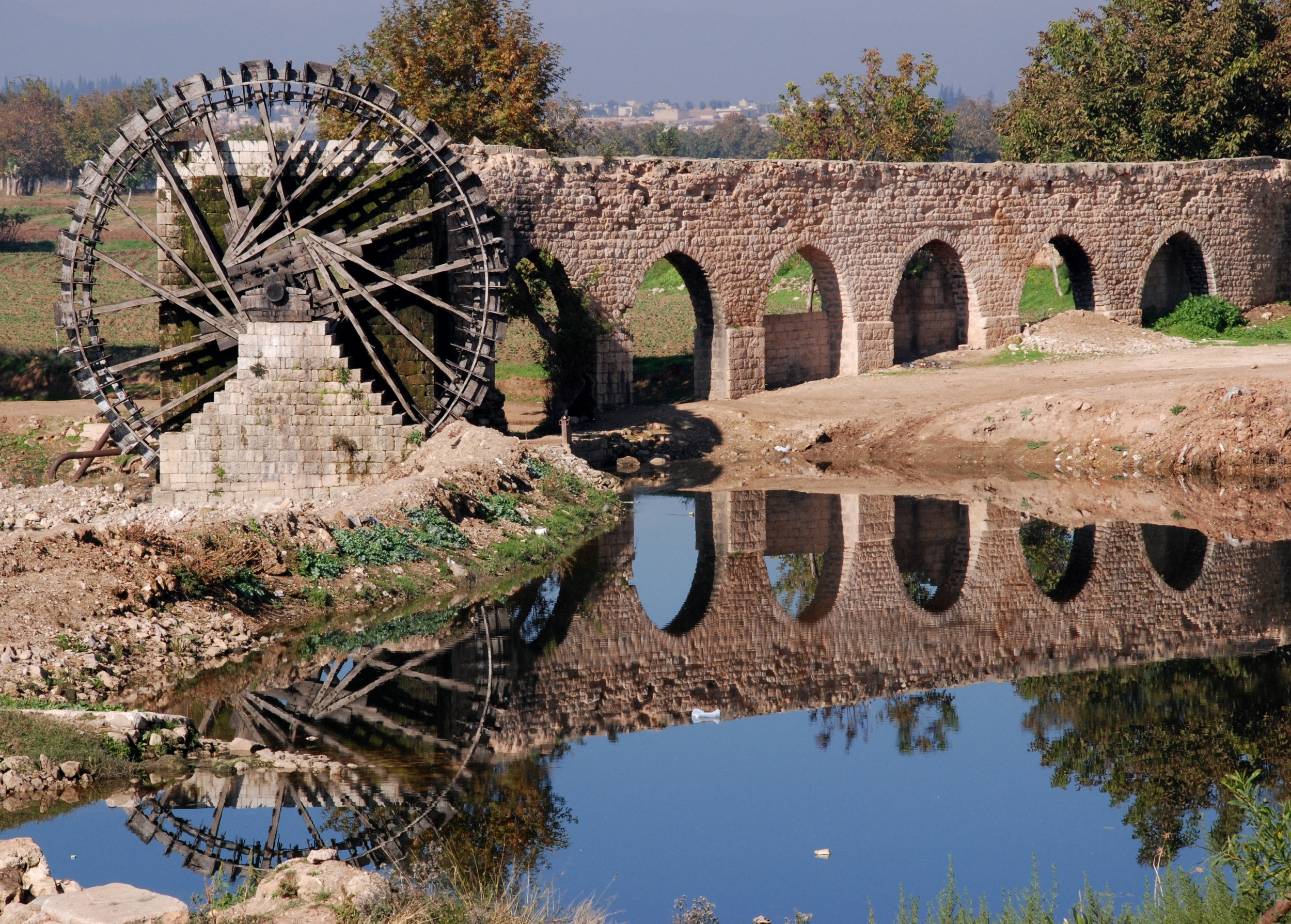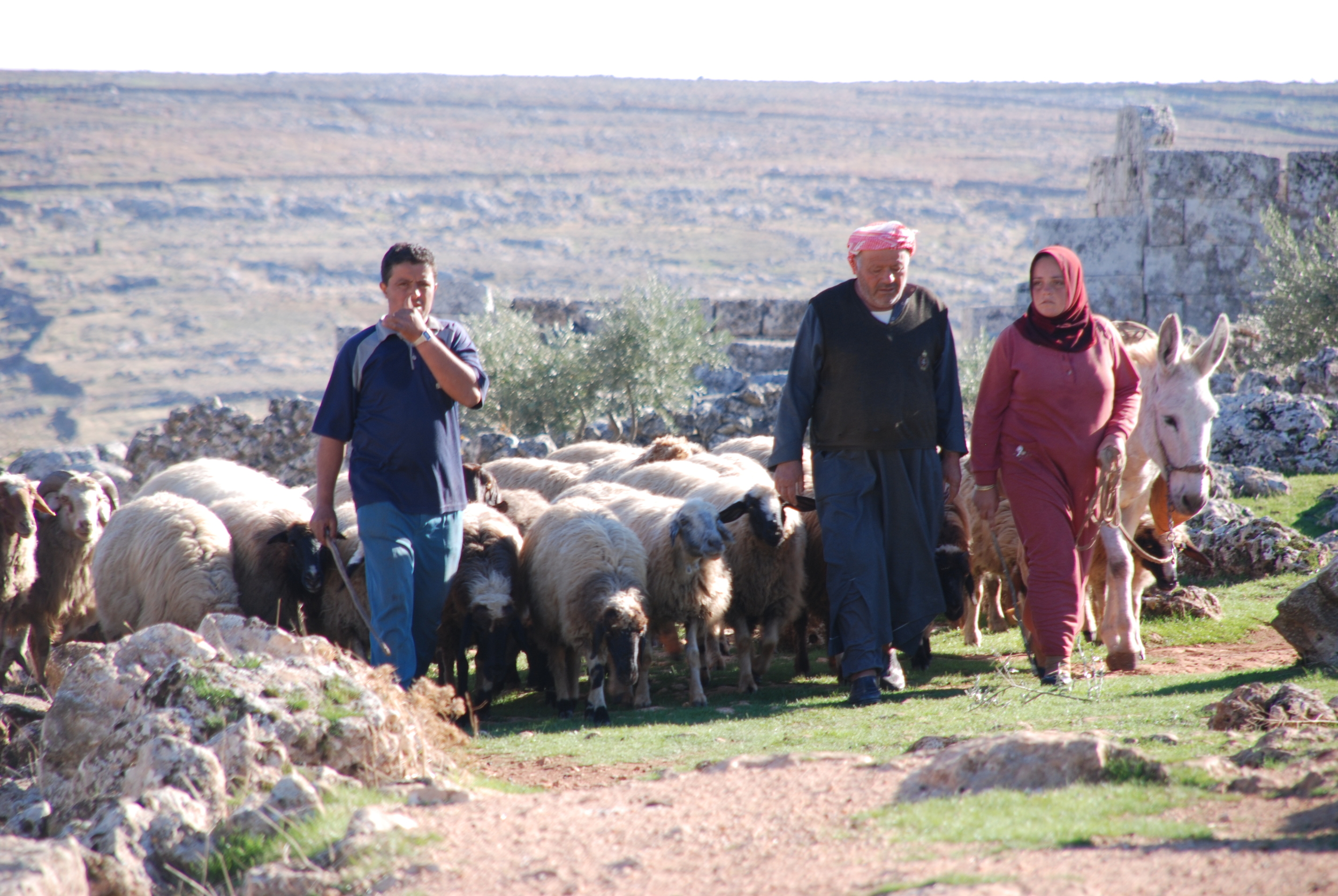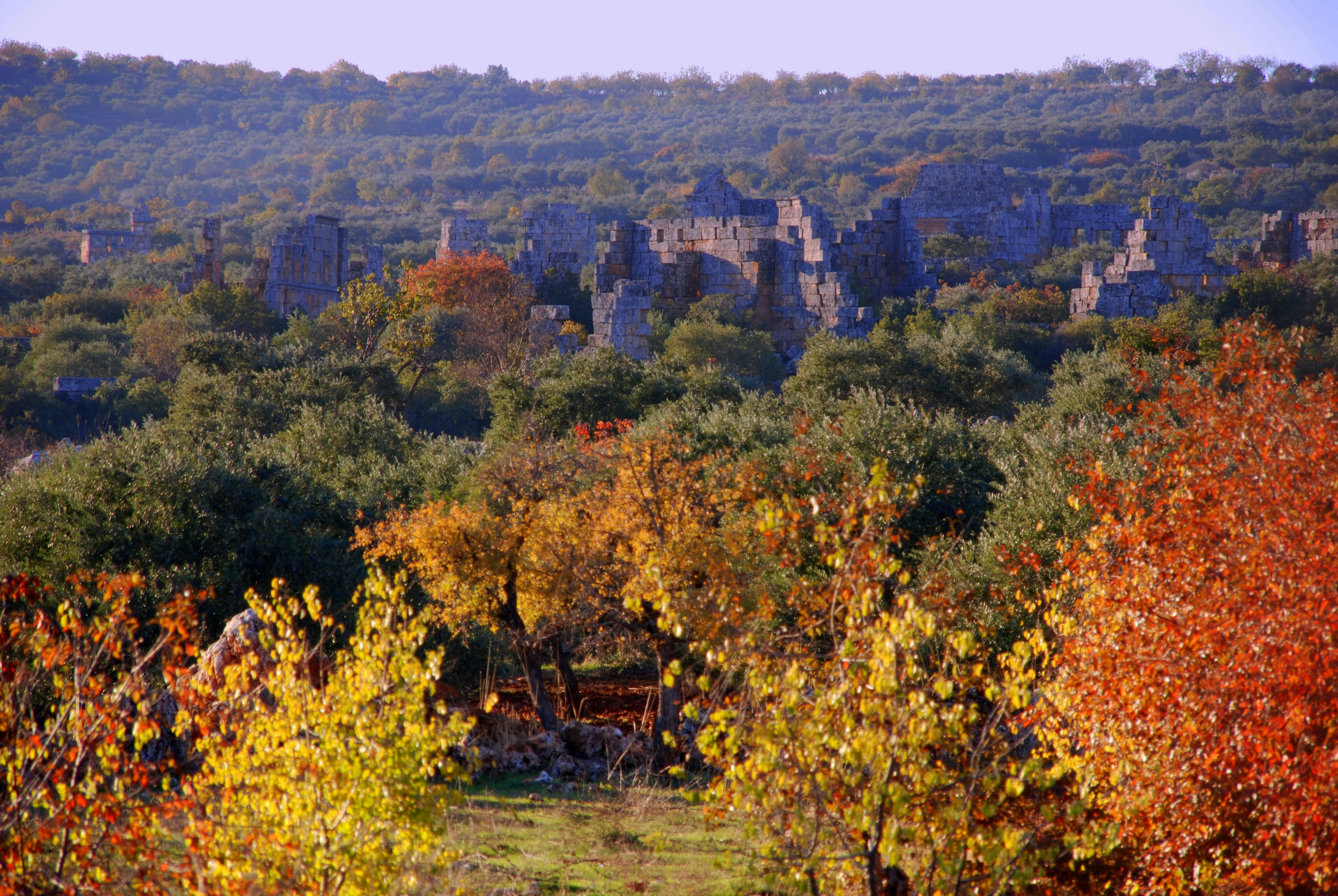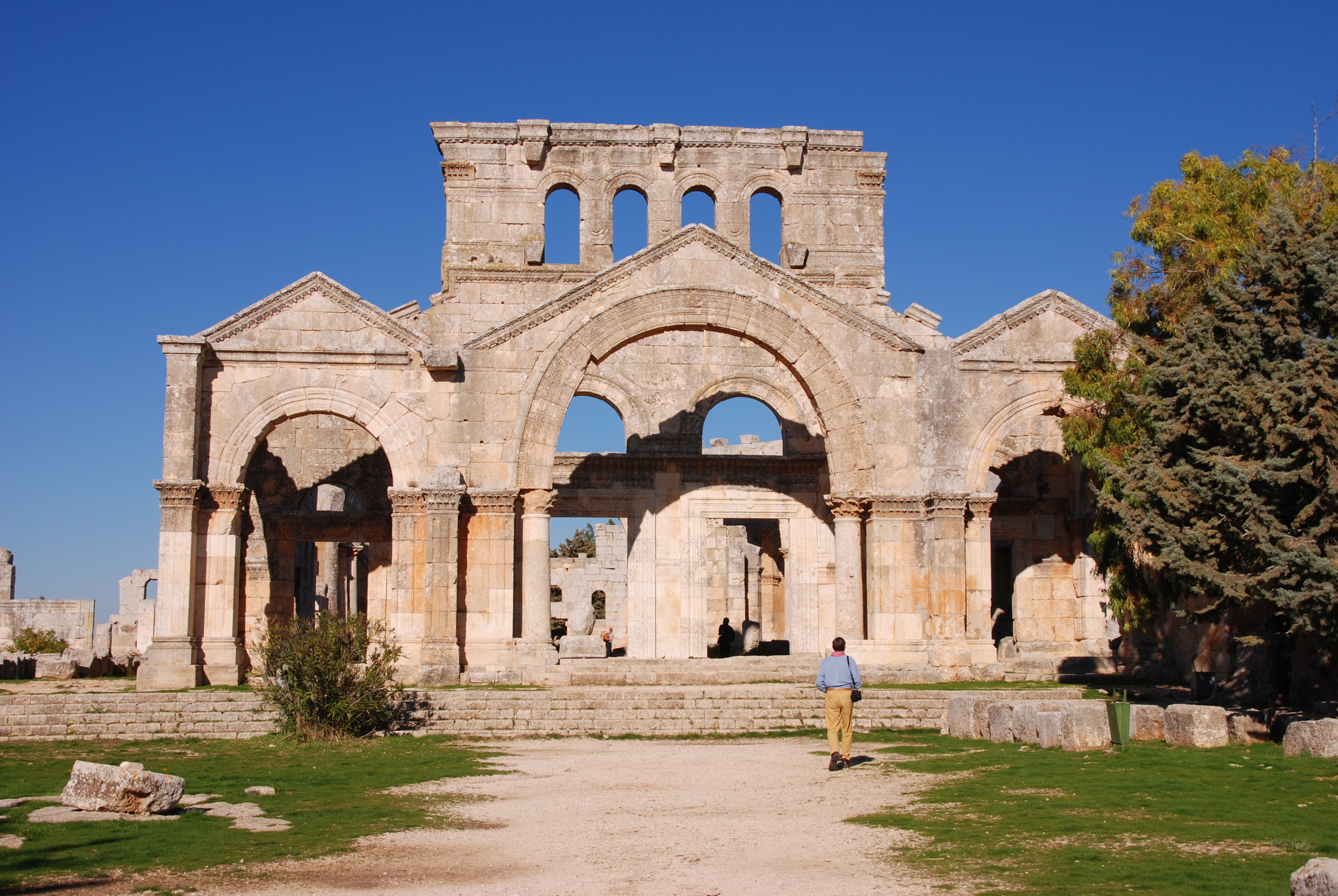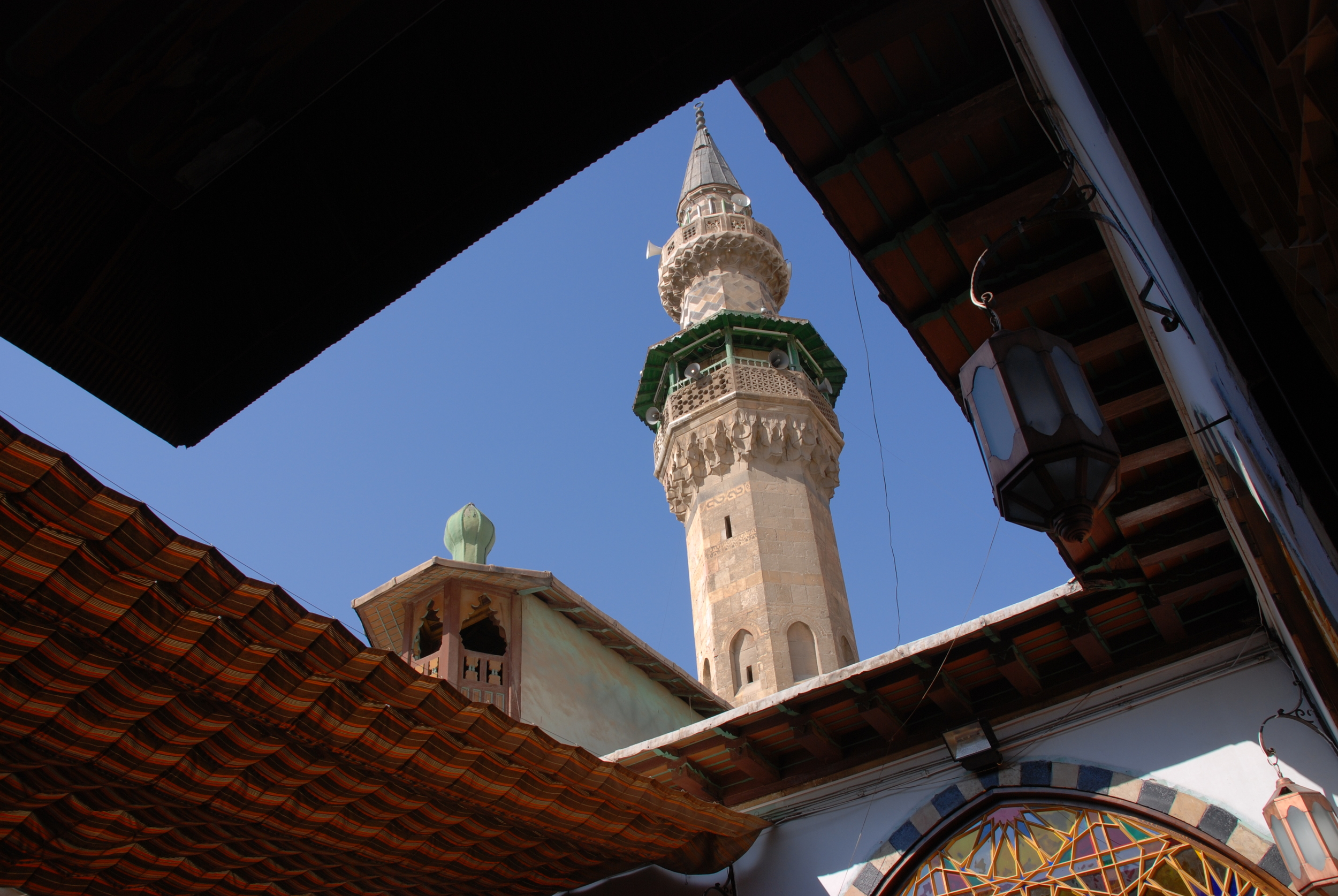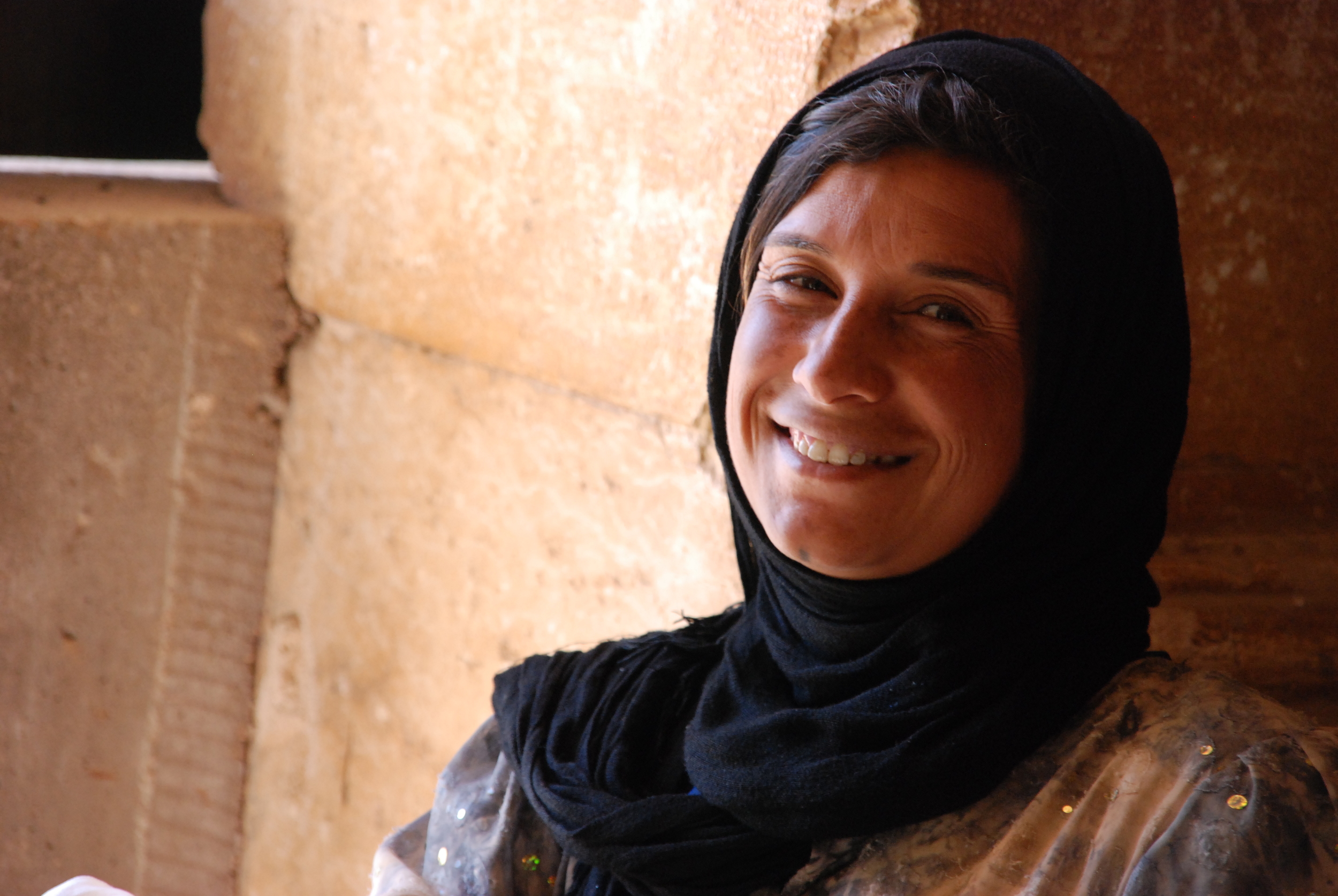I was having my annual nhs dental check-up last month. As I left my dentist said: I've got a question for you'. My only thought was that he was announcing that he was going private, and would I stay with the practice. But No! He asked me if I'd heard of a book called something like 'travelling in disguise through Mesopotamia'. I admitted that I hadn't. He mentioned that he was currently reading that great classic of travel writing The Road to Oxiana by Robert Byron. I went home and immediately began a Google search for 'disguise' and 'Mesopotamia' and was rewarded by a free download from www.archive .org of the entire book whose full title is To Mesopotamia and Kurdistan in Disguise by E.R Soane. I have travelled over some of the territory and loved the fact that the manners and habits of the Armenian, Arabs and Kurds have not changed that much in the century or so since it was written. I'm afraid he doesn't have a good word to say about the quality of Ottoman government.
Shopping in Urfa






















